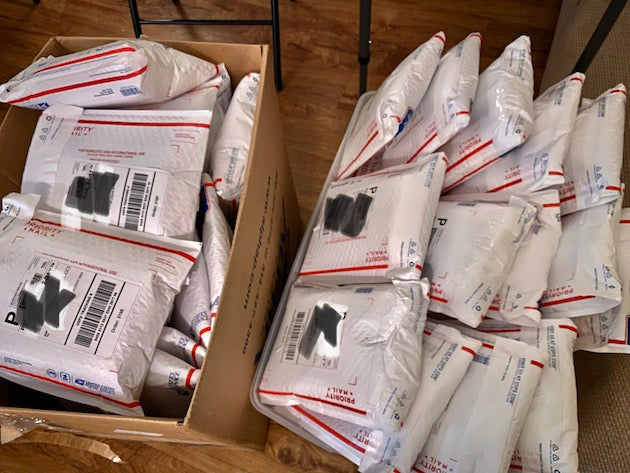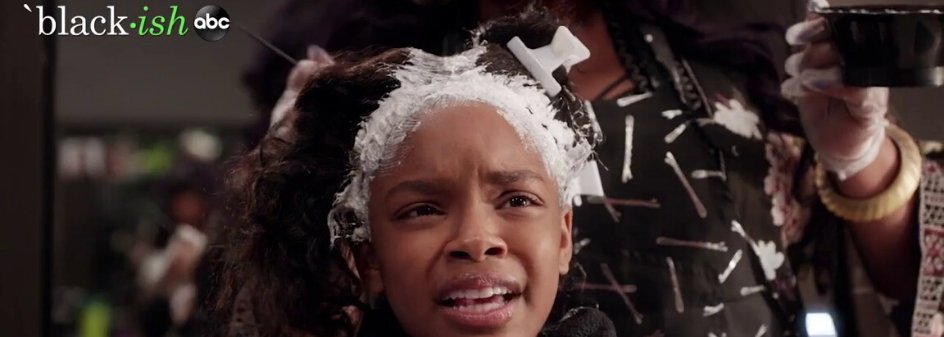Your hair porosity is a key element in what makes your hair look and feel healthy and nurtured, so what is hair porosity exactly?
Hair porosity is how your locs / natural loose hair absorbs and retains moisture. Your hair porosity is subject to change due to hormonal factors, and exposure to heat and chemicals. Hair porosity will help you understand how to properly moisturize your locs so they can absorb as much moisture as possible to stay smooth and sheen.
A Closer Look
Your loc matrix is quite a complex one, but not a complicated one. On the outermost layer of each individual hair, strand are cuticles, which is what allows or blocks moisture from further penetrating the hair shaft. The cuticles can either be very far apart or very tightly compact. The further your hair cuticles are the higher your hair porosity is.
How Can I Test for My Hair Porosity?
There’s what’s called the Float Test, which involves taking clean loose strands of hair from a brush, comb, or straight after you wash, run your fingers through your hair or locs for any freebies and drop the loose hair in a bowl of water. If you find the strands floating after 5-10 minutes then you have low porosity hair, if it is somewhere in the middle, then medium porosity hair and if it sinks you have high porosity hair.
There is also what’s unofficially called the Slide Test, where you simply slide your fingers up a chunk of hair, all the way up to your scalp. If the hair is smooth, then you have low porosity hair, but if you feel bumps along the way, then that would imply high porosity hair. Obviously this test is for loose hair rather than locked hair!
And the last test is the Spray Test. Spray your hair with water, if you see the water in small buds around the hair then you have low porosity hair, but if you see the water was quickly absorbed then that's a sign of high porosity hair. Medium porosity hair would absorb the water but at a much slower rate.
How to maintain low porosity, medium porosity and high porosity hair types:
Low Porosity Hair Type- If your hair takes extra long to dry then its best to sit under a hood dryer, or a bonnet dryer to help your hair dry without causing buildup or mildew in your locs. The good news is, low porosity hair type retains moisture really well, once you finally get it in there! The best option are protein-free products to prevent dry and brittle hair. It’s also important to use buildup free products, especially for this hair type. Take advantage of light oils like Jojoba oil, grapeseed oil, chamomile oil, tea tree oil and argan oil and try to slip in hot oil treatments every few weeks to finally lock in that moisture. Our YaYa oil is great for low porosity hair.
Medium Porosity Hair Type- Medium porosity hair moderately allows moisture in and out of the hair shaft. If you find you have medium hair porosity, it’s a good sign to stay away from chemicals and over-exposure to heat, otherwise, you may end up with high porosity hair down the line. Continue a regiment of deep conditioning, use protein-based conditioners minimally and make sure your locs are drying quickly enough that they don't end up with mildew in the locs due to too much moisture.
High Porosity Hair Type- High porosity hair is usually a consequence of over-dying the hair, using harsh treatments, but it can also be due to genetics. So, while your locs may dry quickly, you may find it harder for your hair to retain moisture leaving you with dry brittle hair. Thick oils are usually great for this hair-type since it seals in the moisture. Oils like coconut oil and shea butter work well for this hair type, but don’t over-do it and then cause buildup. Buildup- ree leave-in conditioners are magical for this hair type, and shouldn’t be skipped during your hair care routine. Our Jinan Leave-In Conditioner can be great for clients with High Porosity hair, it can be used everyday for the locs that need consistent moisture.
Takeaway
Your hair type matters! Imagine if it really was as simple as that, knowing your hair type and therefore knowing how to moisturize it. Knowing your hair porosity is certainly the place to start if you’re prone to frizz, dry hair, or frequent build-up or mildew. We highly recommend following the tests above and then working with your locs according to your hair porosity, it’s truly a lifesaver!




